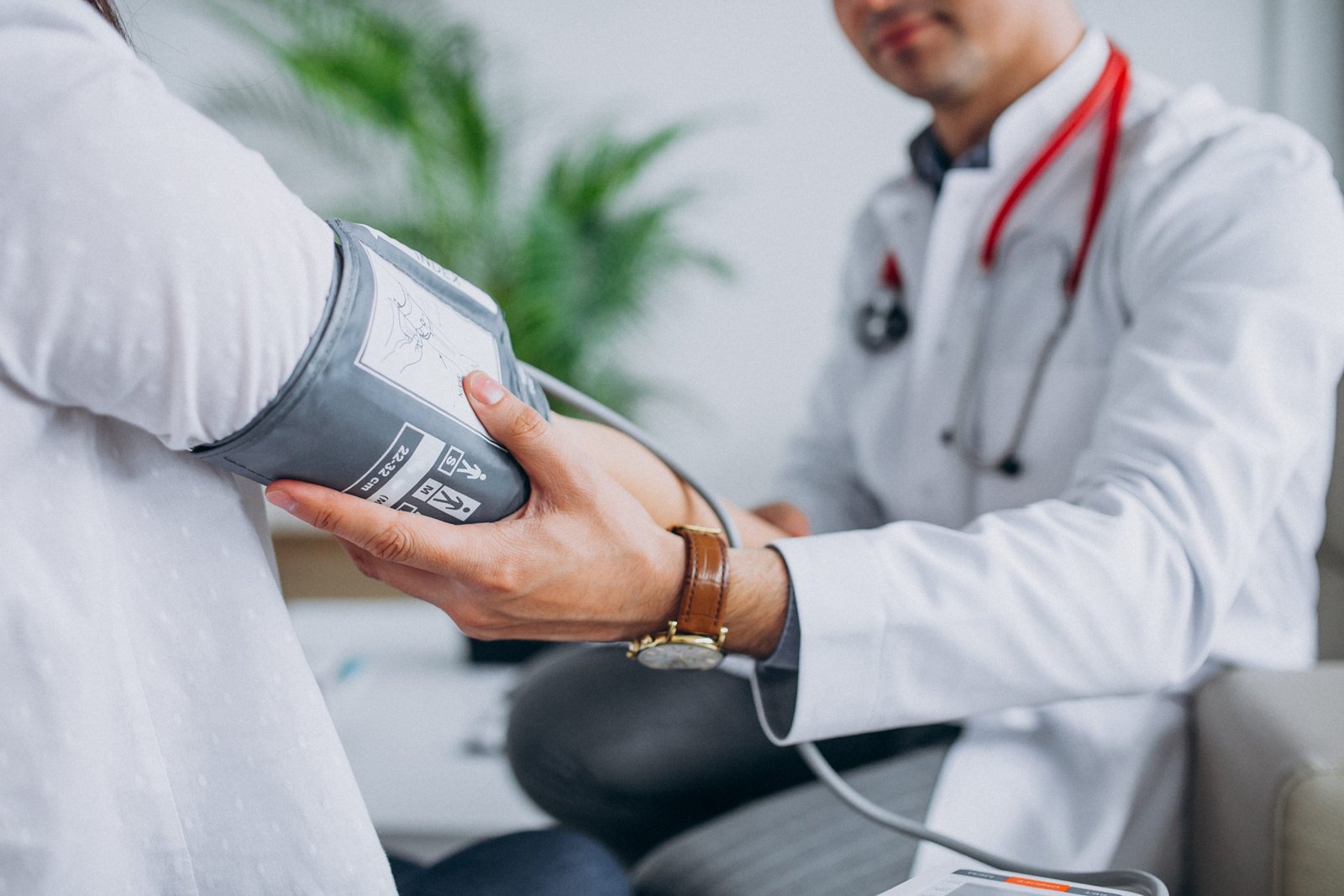Pulse oximeters, in general, are medical devices used to measure a person’s oxygen saturation (SpO2) levels and pulse rate. These devices are commonly used in healthcare settings and are also available for home use.

Here are some key points about pulse oximeters:
Function: Pulse oximeters work by emitting light through a person’s skin, typically at the fingertip, and then measuring the amount of light that is absorbed by oxygen-carrying red blood cells. This information is used to calculate the person’s oxygen saturation level, which is a vital sign that indicates the percentage of oxygen in the blood.
Use Cases: Pulse oximeters are frequently used in hospitals, clinics, and emergency medical settings to monitor the oxygen levels of patients, especially those with respiratory conditions or undergoing surgery. They are also used by individuals at home, particularly those with chronic respiratory conditions like COPD or asthma, to monitor their oxygen levels as part of their daily healthcare routine.
Portable and Non-Invasive: Pulse oximeters are non-invasive and portable devices. They are easy to use and provide quick, painless readings by simply placing the device on a finger or another part of the body where blood flow can be measured.
Display: Most pulse oximeters have a small screen that displays the oxygen saturation (SpO2) percentage and the pulse rate (beats per minute). Some models may also provide additional information, such as a plethysmograph waveform.
Accuracy: The accuracy of a pulse oximeter can vary depending on the quality and type of device. Medical-grade pulse oximeters tend to be more accurate than consumer-grade devices.
Battery-Powered: Pulse oximeters are typically powered by batteries and are designed to be energy-efficient, making them suitable for portable use.
Monitoring Trends: In addition to providing immediate readings, many pulse oximeters can store data or connect to a smartphone app, allowing users or healthcare professionals to monitor trends in oxygen saturation and pulse rate over time.
Please note that there may be a brand called “Bromed” that produces pulse oximeters, but the specific model or product details may have evolved or been introduced after my last knowledge update. If you’re interested in a Bromed Pulse Oximeter, I recommend visiting the official Bromed website or contacting the manufacturer directly for the most up-to-date information about their products and their features.




